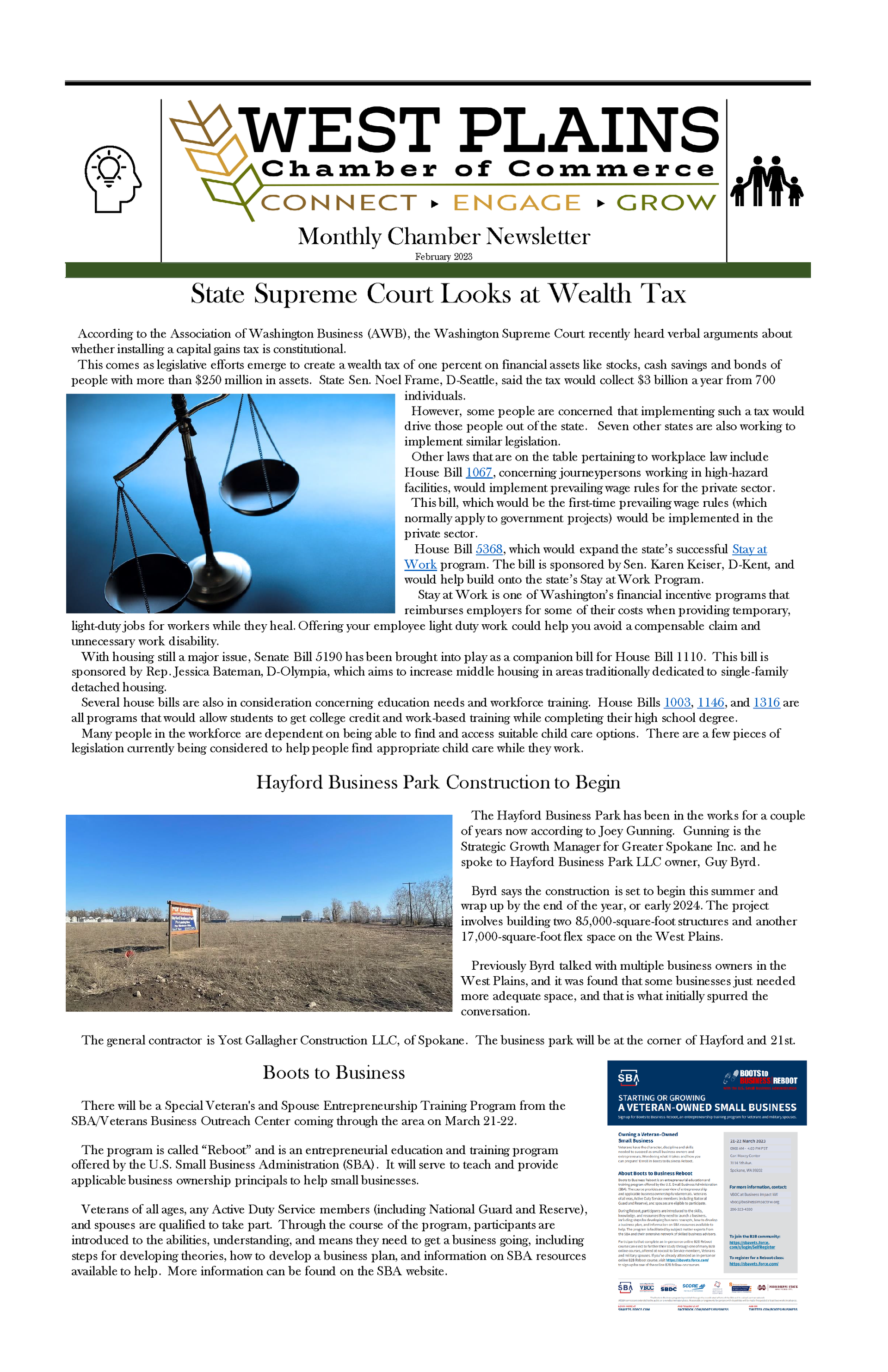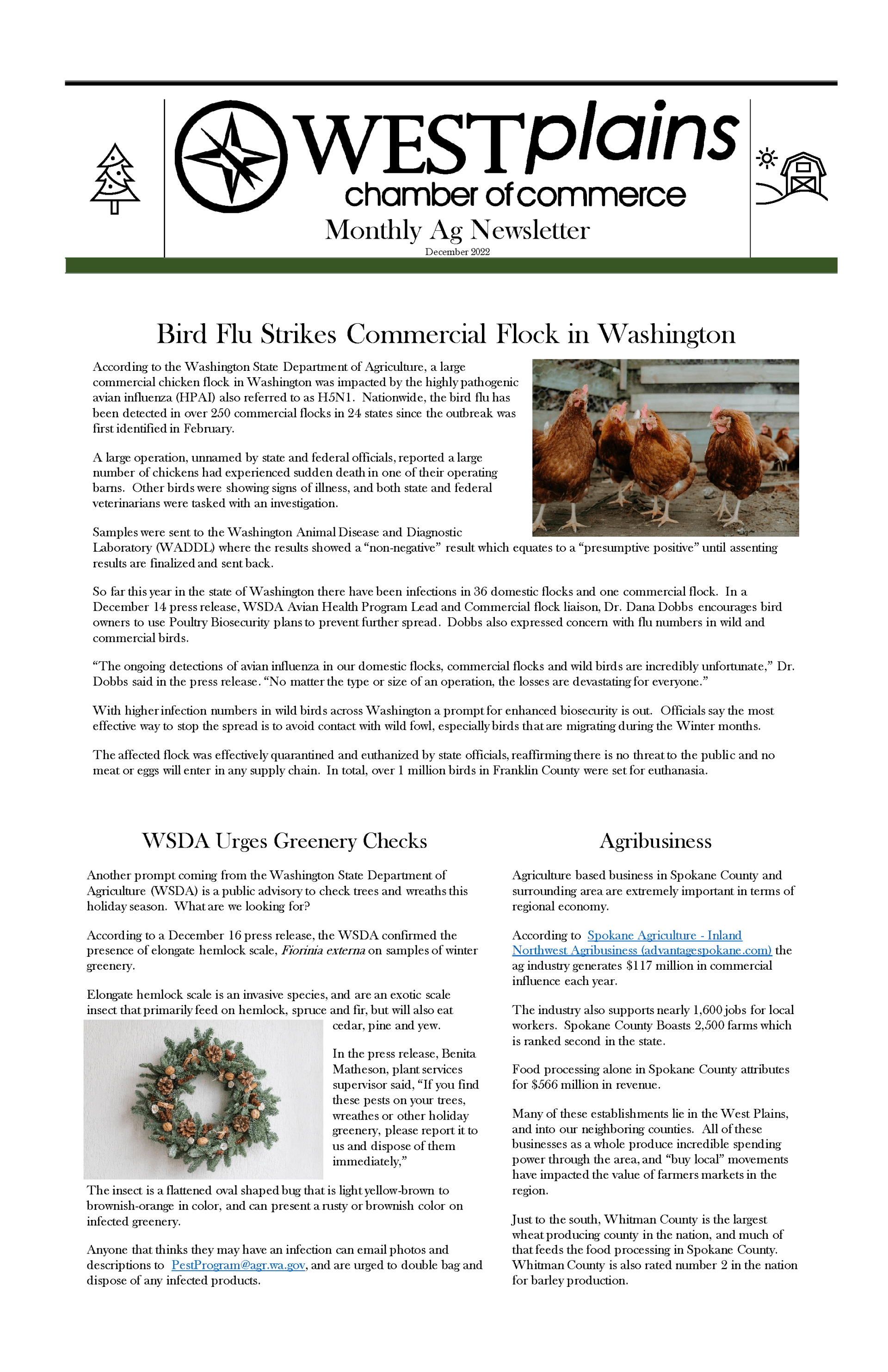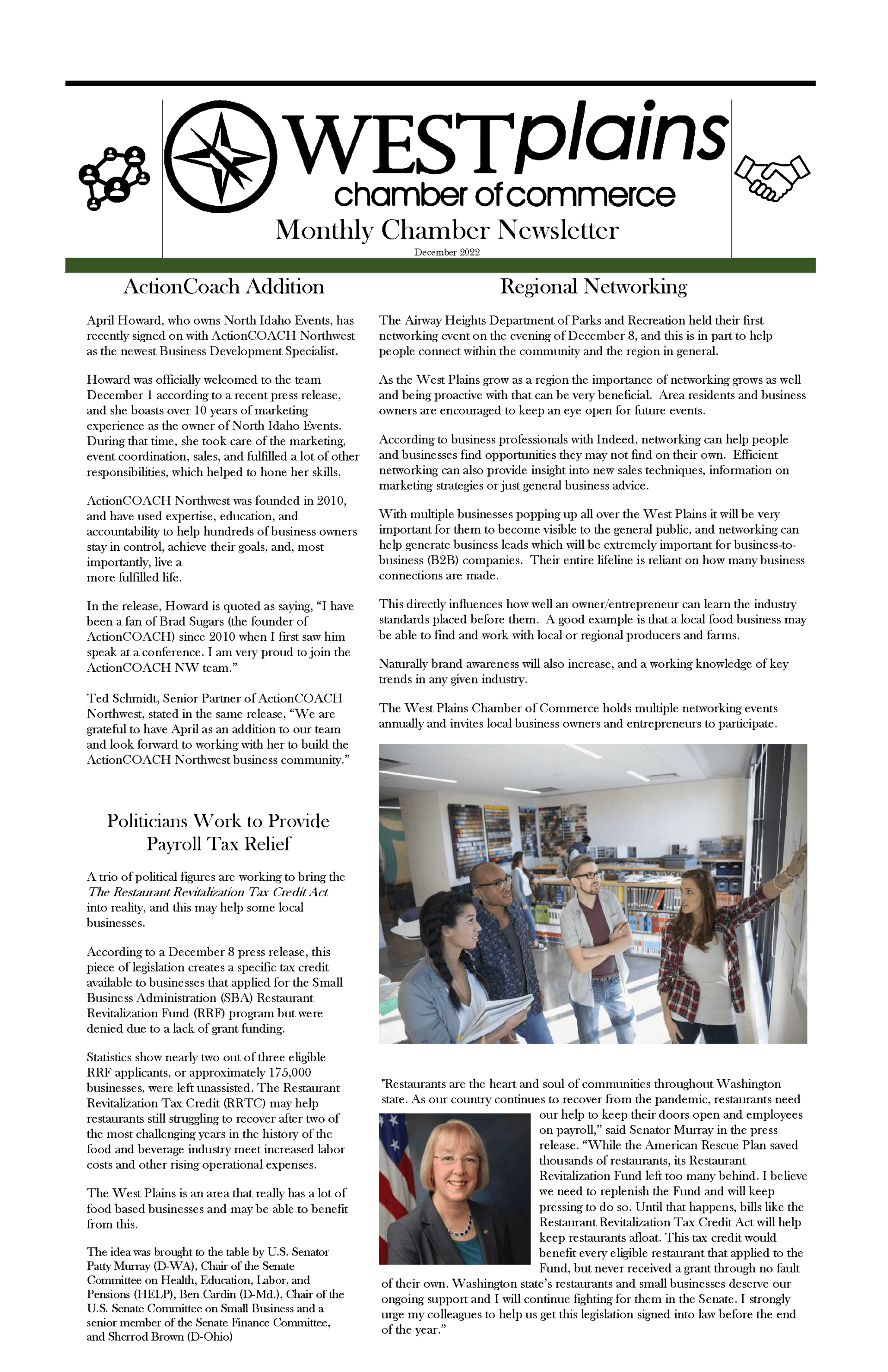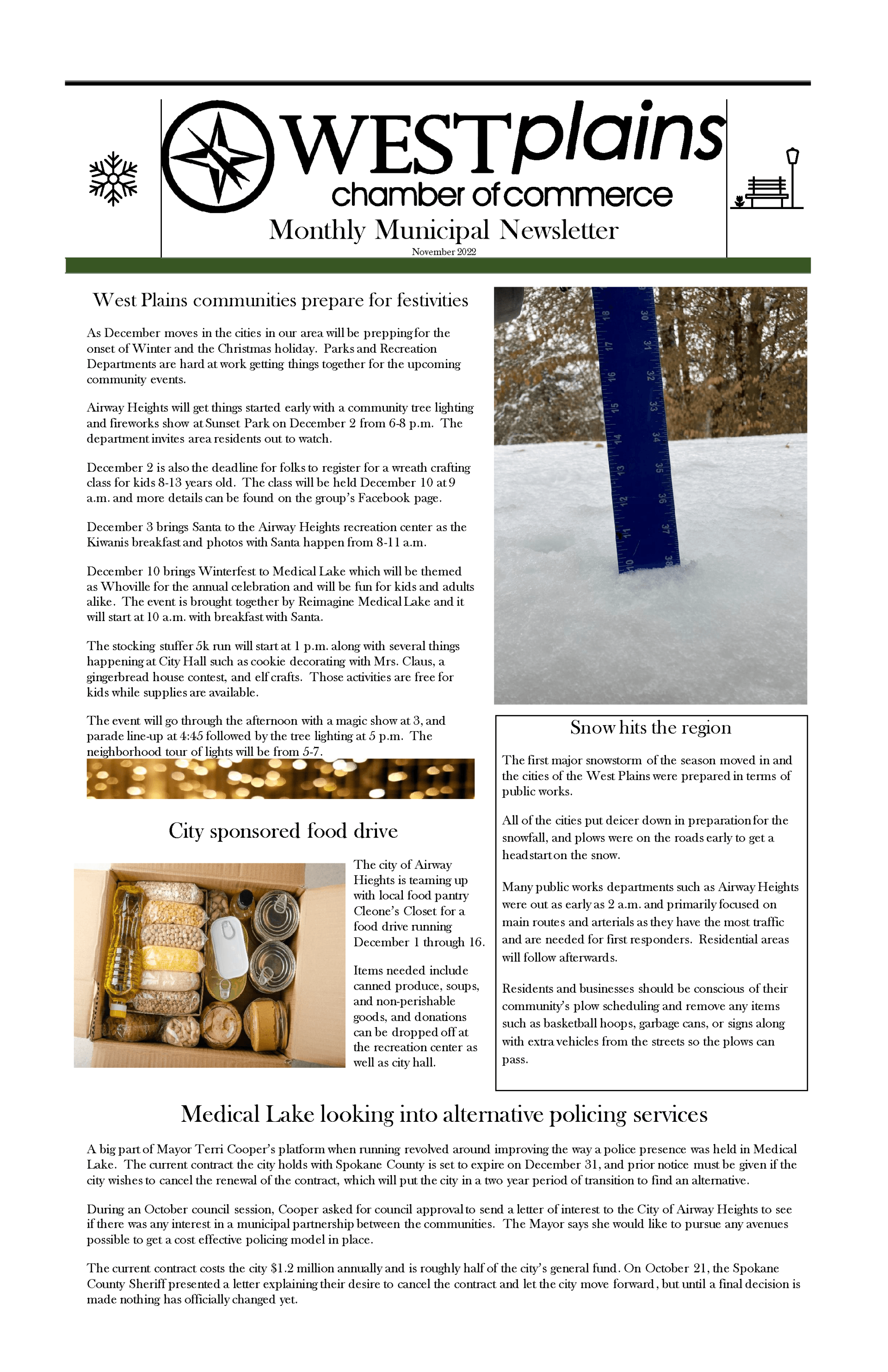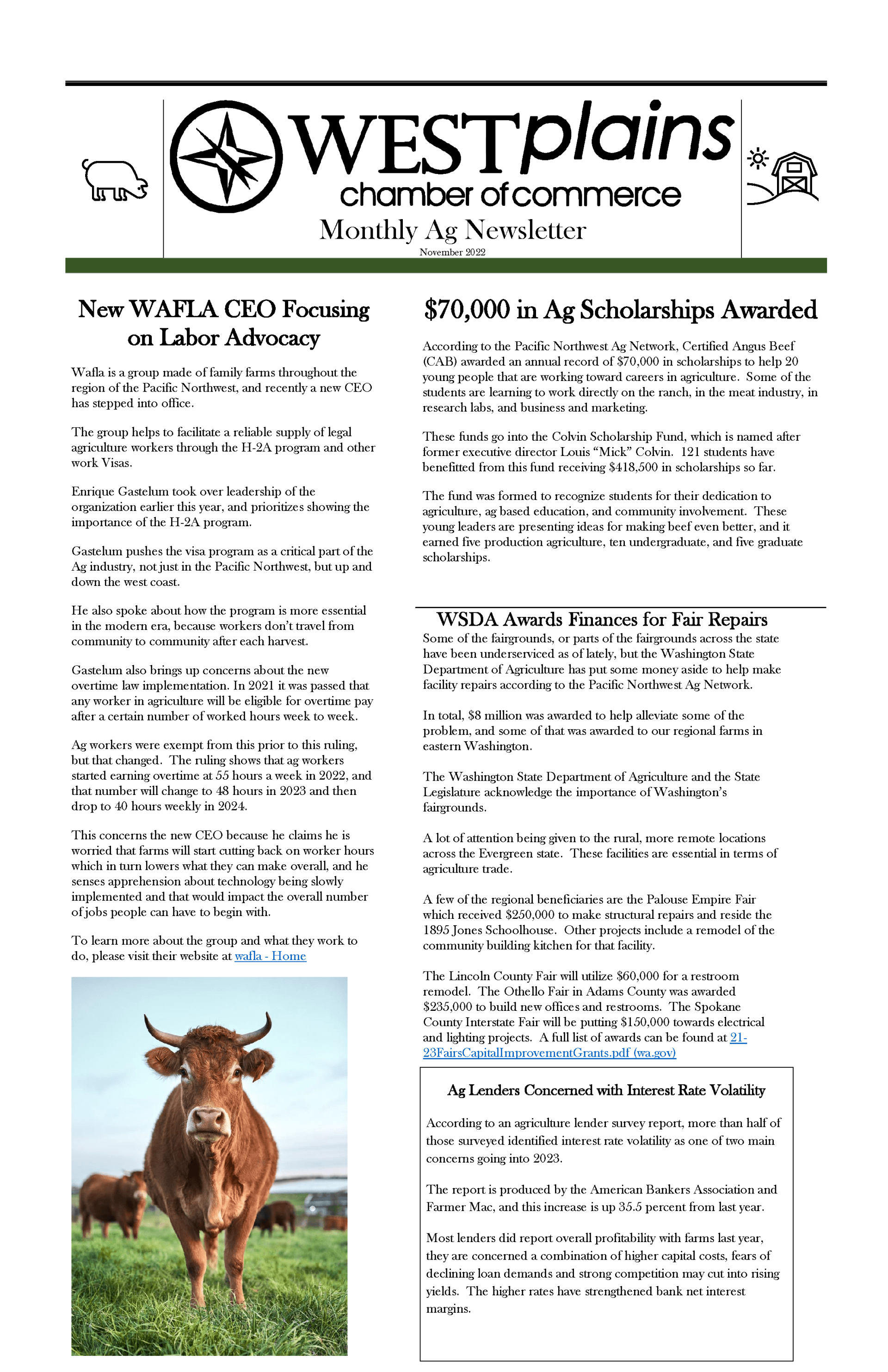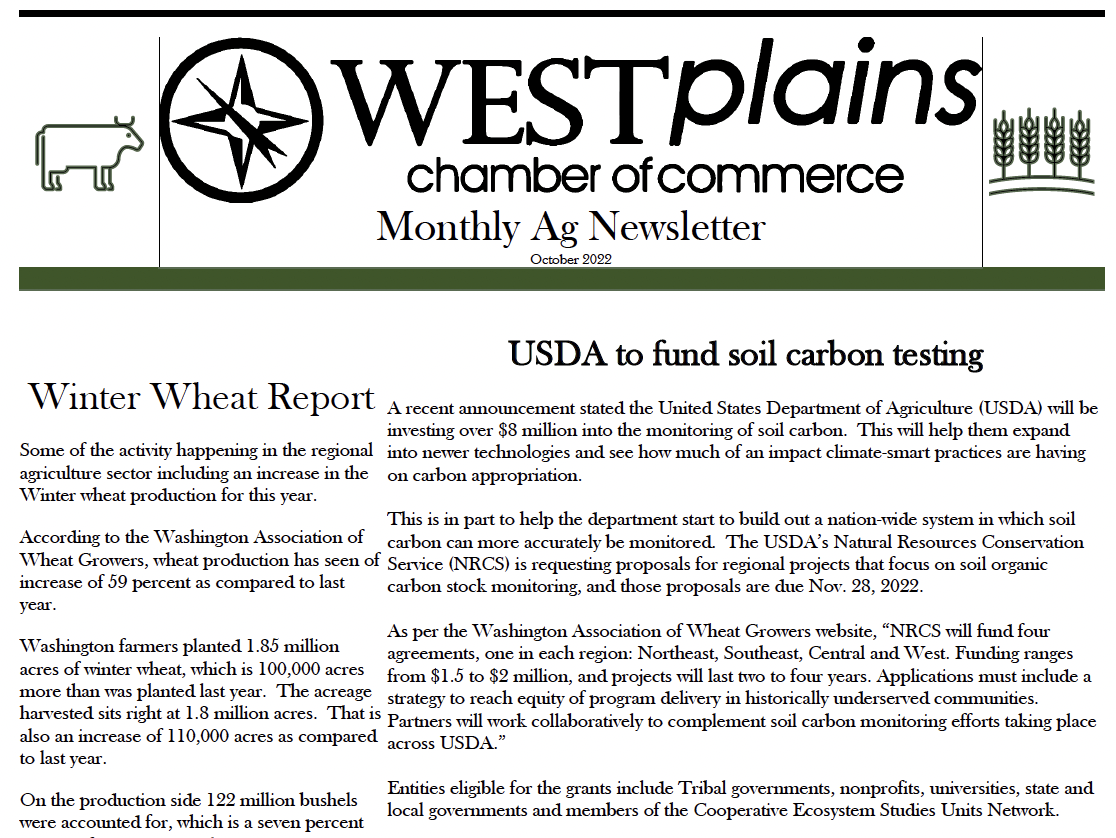‘That’s farming’: After facing drought last year, Washington farmers contend with cold delaying crops in the new season
Article from the Spokesman Review

Talk to farmers in Washington, and they will tell you it’s one challenge after another. Right now, it’s the incessant cold and blustering spring giving them grief.
Agricultural communities across Washington are contending with one of the coldest and wettest springs on record; one that has already hit the Northwest’s beloved cherries and will likely lead to delays in crop production statewide. April was the third-coldest on record for Washington, and snowpack in some parts of the Cascades is still around 130% of normal, according to the National Weather Service.
Compared to last year, planting and growth for virtually every major crop in Washington is delayed, according to data published by the U.S. Department of Agriculture earlier this week. Just 40% of corn is planted in the Evergreen State, compared to 80% last year, while spring wheat, barley, onions and dry peas are emerging at a much slower rate.
From the inviting “you-pick” pumpkin and berry patches at Green Bluff, to the sweet corn fields of the Columbia Basin, Washington growers are anxiously waiting as the state struggles to reach higher temperatures.
Ryan Poe is a fifth-generation farmer on a 15,000-acre centennial farm in Grant County, where he grows mostly winter wheat and canola.
While some might think the cold temperatures and consistent precipitation are better than the drought conditions seen last growing season, Poe said he’s much more concerned about his crops than he was last year.
“It’s definitely been a challenging start to the year; crops are way behind what we would normally see at this time,” Poe said. “Winter wheat normally would be really taking off, and it’s just kind of sitting there.”
Usually planted in the fall and harvested in the summer , winter wheat gets its name for its flip-flopped season. Poe does some spring planting, but prefers to take advantage of the moisture that comes with planting in the fall and growing through the spring. He said both his winter and spring crops are behind schedule; the spring canola he planted this year is coming up a lot slower, and his winter wheat will have to be harvested much later than usual unless things warm up.
“We’re usually, in our area, done harvesting by the time that we’re planting our winter wheat; we’re not really set up very well for doing both at the same time, so that’ll definitely have an impact for us,” Poe said. “But if it just turned hot and dry right now, we’re definitely going to see reduced yield; it’ll cook it.”
The price of wheat shot up after Russia invaded Ukraine, one of the top producing wheat countries in the world. Poe said he hopes to get a good crop this year so he can at least break even. He finds some relief knowing he has crop insurance, but after having to file a large claim last year due to drought conditions, he’d like to avoid doing so again.
“It’s a kind of a wait-and-see game here at this point,” Poe said. “Talking to my uncle that has been farming a lot longer, probably 45-plus years or so, he just doesn’t remember a time with these kinds of back-to-back real big challenges.”
Read full article here

